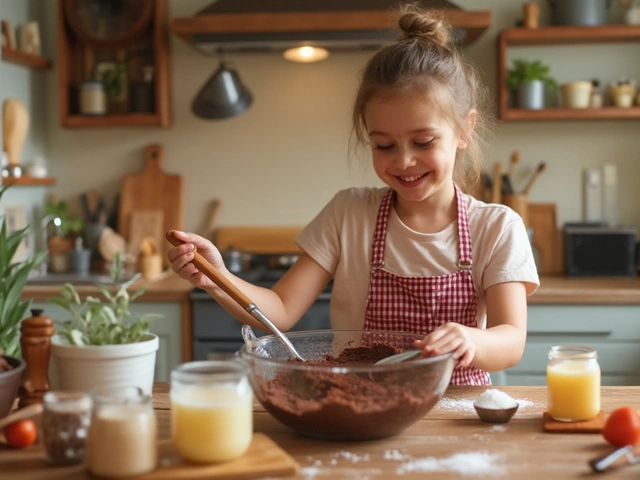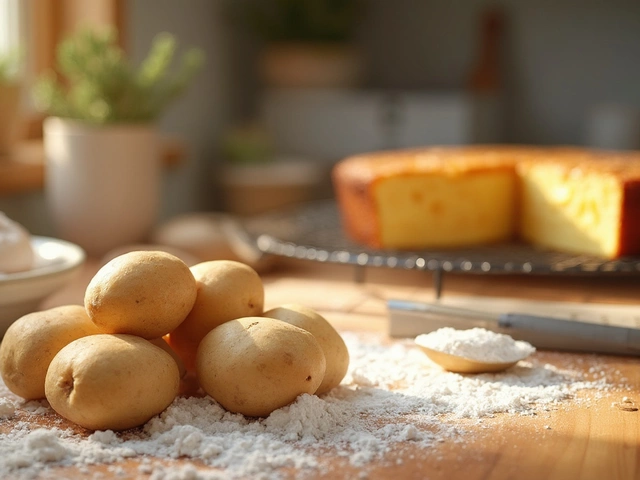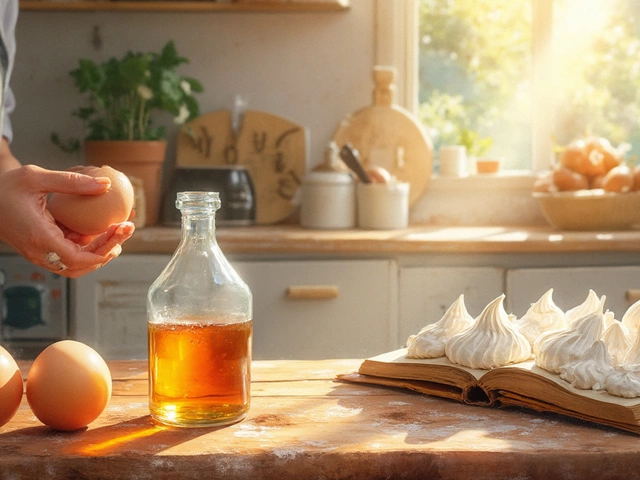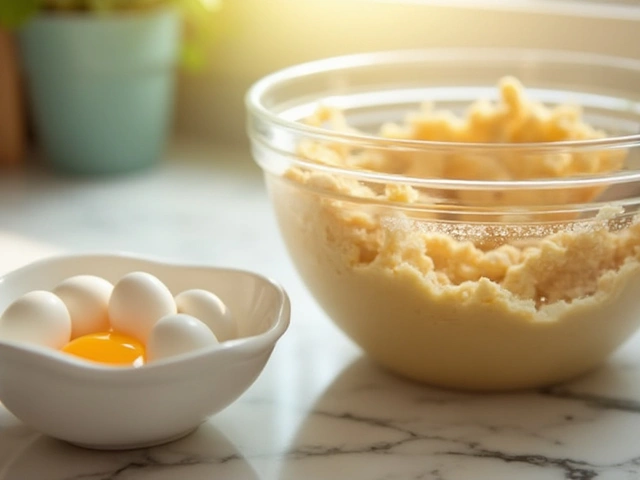Flavors That Make Your Desserts Pop
Ever wonder why some sweets stick in your memory while others fade fast? The secret is often a well‑chosen flavor. Whether you love bright citrus, deep chocolate, or a hint of spice, picking the right flavor can turn an ordinary treat into a show‑stopper.
On this page we’ll walk through practical ways to pick, pair, and boost flavors in cakes, cookies, fudge, and more. You’ll get simple tips you can try today, plus ideas for experimenting without wasting ingredients.
How to Choose the Right Flavor
Start with the main ingredient of your recipe. If you’re baking a chocolate cake, think about supporting flavors – orange zest, coffee, or a pinch of sea salt all lift chocolate without masking it. For fruit‑based desserts, match the fruit with a complementary spice: cinnamon with apples, ginger with pear, or cardamom with mango.
Season matters too. Fresh berries taste best in summer, while warm spices feel cozier in winter. Use what’s in season to get the most flavor for the least cost.
Don’t forget texture. A crunchy topping can highlight a smooth filling. Sprinkle toasted nuts on a vanilla custard, or add a crisp caramel drizzle to a silky mousse. The contrast makes the flavor pop.
Boosting Flavors in Your Desserts
Here are three quick tricks you can add to any recipe:
1. Toast spices. Heat ground cinnamon, nutmeg, or cocoa in a dry pan for 30 seconds. The heat releases hidden oils, giving a deeper taste without extra quantity.
2. Use extracts wisely. A few drops of vanilla, almond, or peppermint can change a whole batch. Start with a small amount, taste, then add more if needed. Too much can overwhelm, so less is usually better.
3. Balance with acidity. A splash of lemon juice, a dollop of sour cream, or a pinch of vinegar can brighten a rich dessert. It cuts through sweetness and makes flavors stand out.
When you’re working with fudge, for example, a pinch of sea salt or a drizzle of espresso can turn a simple chocolate block into a gourmet treat. The same principle works for brownies – a spoonful of espresso powder intensifies cocoa without tasting like coffee.
Try mixing flavors across your recipe collection. Pair a tiramisu’s coffee kick with a bite‑size chocolate truffle, or serve a lemon‑zinged cheesecake next to a raspberry coulis. The contrast keeps the palate excited.
Don’t be afraid to experiment in small batches. Test a new extract or spice in a quarter of the batter, taste, and decide if you want to scale it up. This saves waste and builds confidence.
Remember, flavor isn’t just about taste; aroma plays a huge role. Freshly grated zest, a burst of toasted coconut, or a sprinkle of fleur de sel can make your dessert smell as good as it tastes.
So next time you reach for a recipe, ask yourself: what extra flavor can I add that won’t clash? A dash of something unexpected could be the difference between “good” and “wow”.
Keep these tips handy, and you’ll find yourself creating desserts that not only satisfy cravings but also leave a lasting impression. Happy baking!
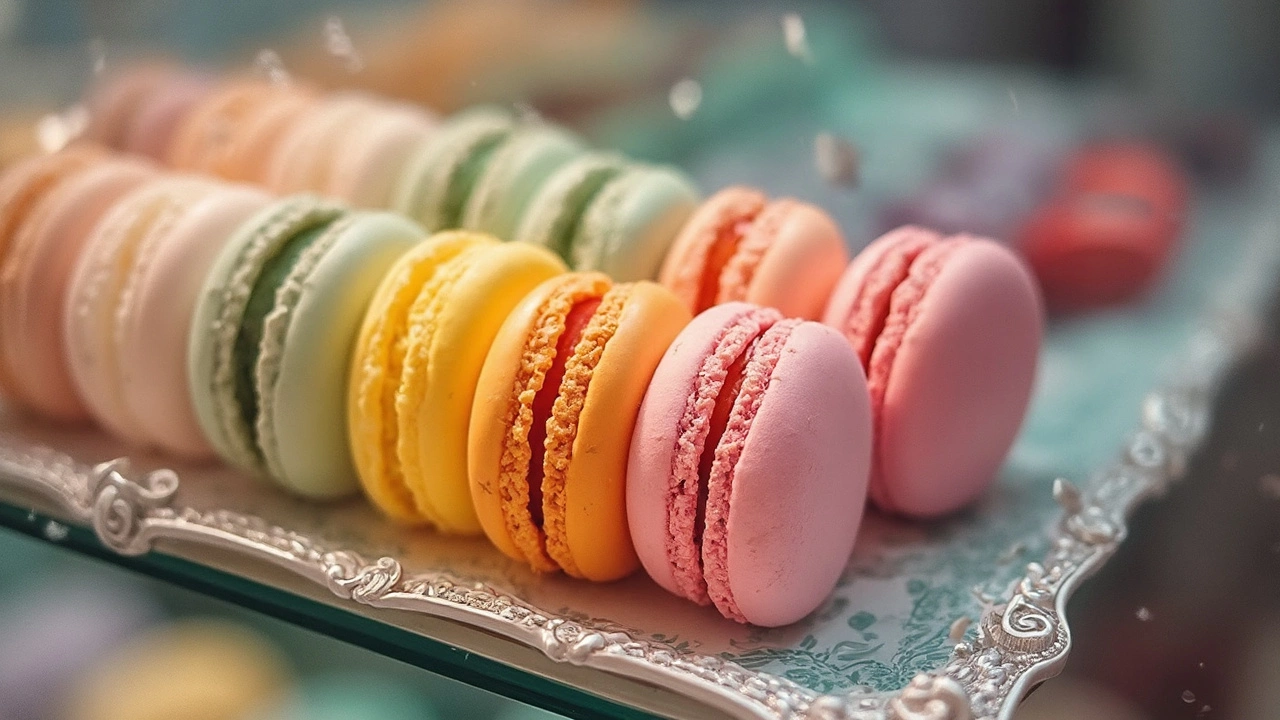
How Many Flavors of Macarons Are There?
Macarons come in a dazzling array of flavors, from classic vanilla and chocolate to more adventurous options like matcha and lavender. This article explores the colorful world of macaron flavors and offers insights into the art and science behind these delightful desserts. Whether you're a novice baker or a seasoned pro, discover tips to make or choose the perfect macaron. Learn how flavor combinations can elevate your taste experience and reflect various cultural influences.
View More
